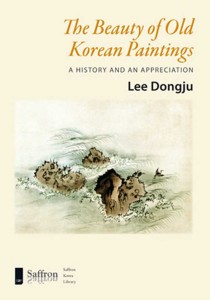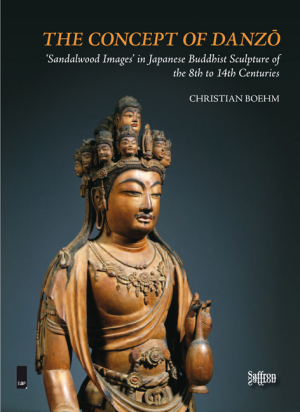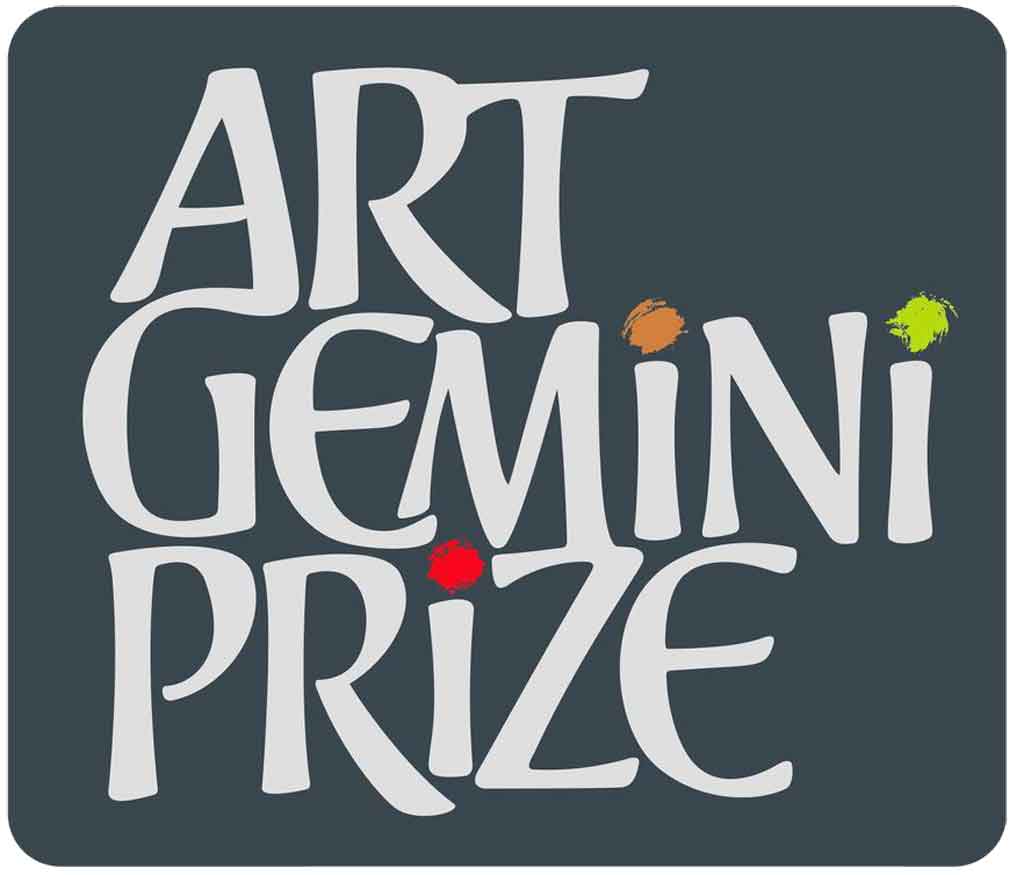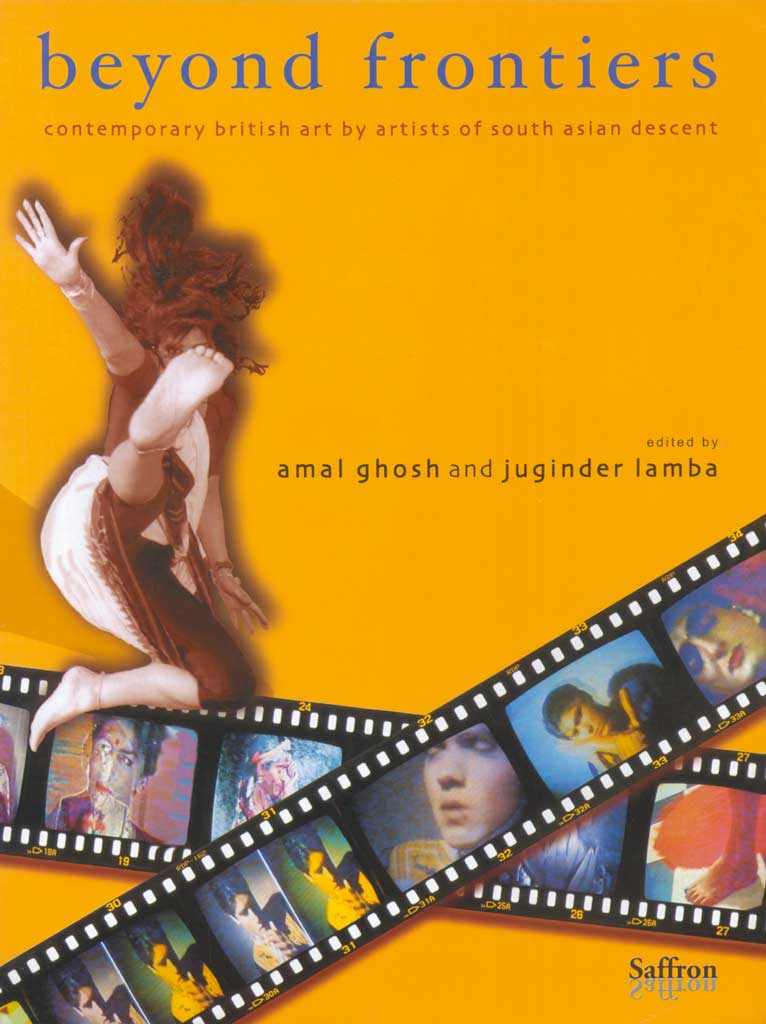The Beauty of Old Korean Paintings: A History and an Appreciation, by Lee Dongju 이동주 «李東洲» is an extraordinary gem of Korean art history, especially of painterly tradition in Korea and East Asia at large, writes Sajid Rizvi, commissioning editor of the volume and Editor of Saffron Books Korea Library Series.
The Beauty of Old Korean Paintings: A History and an Appreciation (translated by Robert Carrubba and Kim Kyongsook, ISBN  , 2005; revised 2007) began as an illustrated lecture by Lee Dongju (1917-1997), the eminent author and art historian and Professor Emeritus at the Seoul National University. Although the book follows the format of a long slide lecture it has been thoroughly edited and adapted to make the texts and images accessible to an international audience. Initial editing by Robert Carruba and Kim Kyongsook was augmented with further editorial research and work, with addition of new elements, by Sajid Rizvi.
, 2005; revised 2007) began as an illustrated lecture by Lee Dongju (1917-1997), the eminent author and art historian and Professor Emeritus at the Seoul National University. Although the book follows the format of a long slide lecture it has been thoroughly edited and adapted to make the texts and images accessible to an international audience. Initial editing by Robert Carruba and Kim Kyongsook was augmented with further editorial research and work, with addition of new elements, by Sajid Rizvi.
The Beauty of Old Korean Paintings originally was written in Korean under the subtitle A History and An Appreciation of Traditional Korean Paintings. As stated above the book began as an illustrated lecture by Lee Dongju 이동주 «李東洲», a self-trained art historian. The book evokes this passionate connoisseur’s acute, entertaining and at times uncomfortably frank observations on the subject of Korean art and artists.
The Beauty of Old Korean Paintings offers a wealth of information readily cross-referenced to Korean, Chinese and Japanese sources while preserving Professor Lee’s authentic voice and the value of his original work as an authoritative text on Korean painting. As the book is about to go out of print, with only a limited number of copies available, a new edition is being prepared by Sajid Rizvi, with further additions to the subject matter of the book.
True to Professor Lee’s intent, the book evokes interest in the whole gamut of Korean art as well as Korean artists, aesthetics and history.
About Lee Dongju
Lee Dongju 이동주 (李東洲), given name Lee Yonghui 이용희(李用熙˜), was born in Seoul, Korea, in 1917 and passed away in 1997. His father, Lee Gapseong, was one of thirty-three signatories to the declaration of independence issued during the March the 1st Movement of 1919.
Lee Yonghui attended Yonhi College, now Yonsei University, majoring in political science. Initially more famous as a scholar of international political science than an aesthete he held positions as Professor of Political Science at Seoul National University, President of Aju University, Reunification Minister, and First Secretary to the President. Although Lee Dongju never received an advanced degree in the subject, from his undergraduate days had a love for Korean art and naturally became immersed in its study.
For more than 60 years, he engaged himself in a comparative study of Korean, Chinese, and Japanese paintings while directly examining, researching, differentiating and systematising the specific character of traditional Korean works. Through his direct contact with these numerous paintings, Lee Dongju established his own aesthetic theory regarding Korean art, one that brought to light the error of narrow academic approaches and guided readers toward a more direct and proper appreciation. In this frame his aesthetic focused on appreciating individual paintings rather than judging works by the artist’s name or history. He asserted that a painting should be enjoyed for its intrinsic beauty.
Lee Dongju is among the very few scholars who are universally acknowledged to have an authoritative grasp of the history and tradition of Korean painting, having encountered and critiqued a vast number of works. Lee Dongju was prolific, authoring and editing numerous articles and a number of books on Korean Art, including, Old Korean Paintings, Korean Paintings in Japan, A Short History of Korean Painting, and Theory of the History of Korean Painting. Later in life, he found his greatest pleasures in paintings rather than politics.
About the Translators
Robert Carrubba studied English Literature for his BA and has pursued his interest in Korea, Korean art, literature and poetry while residing in South Korea. He was studying for an MA in Korean Linguistics when he submitted his final draft of the translation in 2005. Kim Kyongsook graduated with a BA in English Literature from Sogang University in Seoul, and later studied for an MA in Translation Studies at the University of Warwick, England. Returning to Sogang, she completed an MA in Philosophy. At the time of the publication in 2005 Kim Kyongsook was pursuing a doctoral degree in philosophy at The Catholic University of America, Washington DC.
Table of Contents
Translators’ Note 9
Introduction 11
- Painting Realms 11; Centre and Periphery 12; Brush-and-Ink and Colour 13; Schools of Painting 14; The Six Principles 15; The Wrinkle Technique 17; Supply and Demand 19
1 | Ancient Tomb Murals 23
- Scene Paintings and Still Paintings 23; Anak Tomb No 3 24; Deokheungri Ancient Mural Tomb 27; Cloud Patterns 32; Lotus Flower Patterns 33; Other Decorative Patterns 35; Four Spirit Paintings 37
2 | Paintings of the Goryeo Period 41
- The World of Buddhist Paintings 41; Gwanmuryangsugyeon Sipyukgwan Byeongsangdo: Illustration of the Sixteen Contemplations of the Sutra on the Contemplation of the Buddha of Infinite Life 42; Amitabul 46; Gwaneum Bosal 51; Jijang Bosal 55; Marijicheon 55; Immortal Hermit and Crane 57
3 | Paintings of the Joseon Period 59
- Early Joseon: From Taejo to Later Jungjong 59; A Dream of Peach Blossom Land, by An Gyeon 62; The Convention of An Gyeon 63; The Joseon Convention of Shuubun 66; Gang Huian Brothers; Choe Gyeong; An Gwisaeng; Bae Ryeon and others 68; The Buddhist Paintings of Early Joseon 76; The Puzzling Painter Lee Jasil 78; Lee Sangjwa 82; Searching for Plum Blossoms in Snow, Attributed to Sin Jam 86; Lee Am, Duseongryong 88
4 | Paintings from the mid-Joseon Period 91
- Sin Saimdang 91; Kim Ji, Yangsongdang 94; Lee Jeong, Taneun 96; The Painting Garden Anthology 97; Lee Gyeongyun, Nakpa and Lee Yeongyun, Juk Rimsu 101; Lee Gyeho, Hyuhyudang 103; Lee Jeong, Naong 104; Lee Jing, Heoju 105; Jo Sok, Changgang 110; Kim Myeongguk, Yeondam 110; Yun Duseo, Gongjae 114; The Cheongjukhwasa by Nam Taeeung 116
5 | Paintings from the Late Joseon Period 123
- Jeong Seon, Gyeomjae 124; The Influence of Gyeomjae 130; Jo Yeongseok, Gwanajae 130; Sim Sajeong, Hyeonjae 132;; Lee Insang, Neunghogwan 137; Gang Sehwang, Pyoam 141; Ho Sanggwan Choe Buk’s Journey to Japan 145; Damjol’s Painting Album 146; Byeon Sangbyeok, Hwajae; Kim Duryang, Namli; Kim Yuseong, Seoam 150
6 | Painting in the Joseon Period: Heyday of the Professional 153
- Historical Background 153; Kim Hongdo, Danwon – Representative Painter 156; Lee Inmun, Gosongsusugwan 160; The Gaeseong Kim Family 161; Kim Eunghwan, Bokheon 162; Kim Deuksin, Geungjae 163; Kim Seoksin, Chowon 164; Lee Myeonggi, Hwasangwan 166; Jan Hanjong, Oksan 167; Sin Yunbok, Hyewon 168; Im Deukmyeong,Songwolheon 169; Sin Wi, Jaha 171; Portraits 173
- 7 | Painting in the Joseon Period The Wandang Era 177
- The Joseon-China Relationship 177; Painting Theories, Painting Histories 186; Works of Professional-painters – Late Joseon through the End of the Great Han Empire 195; Provincial Painters 197; Conclusion 197
TheBeautyListofPaintings [Download and view pdf of pages] | Buy this book







